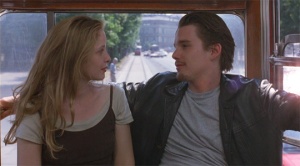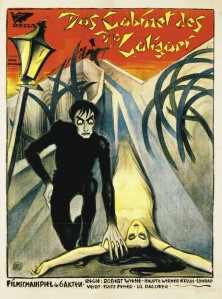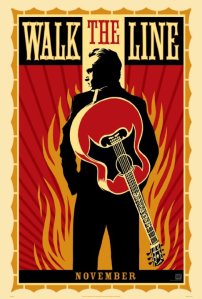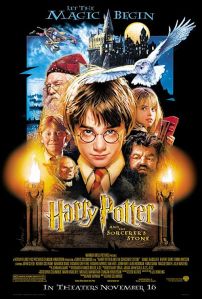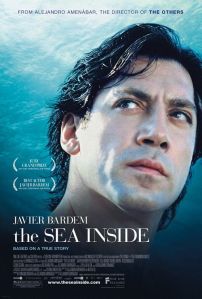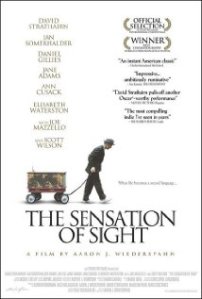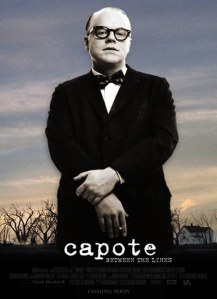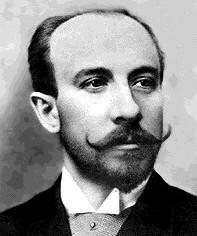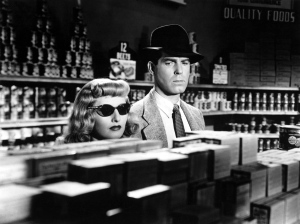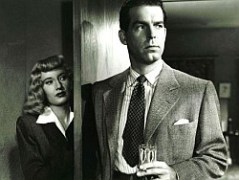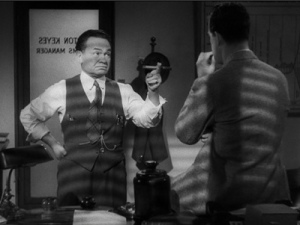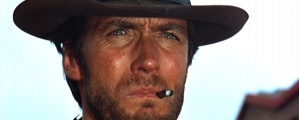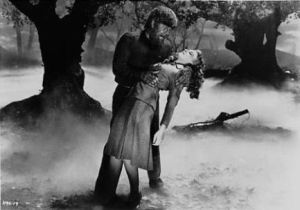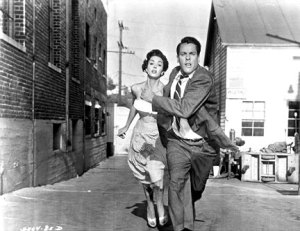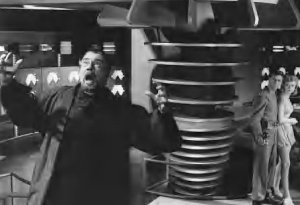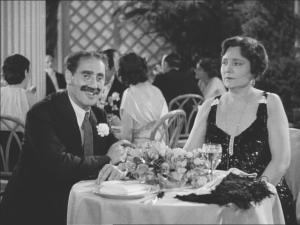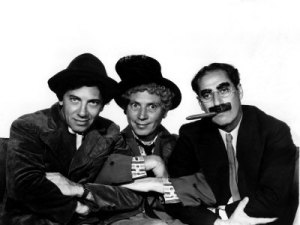“Acting is so difficult for me that, unless the work is of a certain stature in my mind, unless I reach the expectations I have of myself, I’m unhappy. Then it’s a miserable existence. I’m putting a piece of myself out there. If it doesn’t do anything, I feel so ashamed. I’m afraid I’ll be the kind of actor who thought he would make a difference and didn’t. Right now, though, I feel like I made a little bit of difference.” (Phillip Seymour Hoffman, imdb.com)
I know he’s a celebrity. I know I don’t know him. He might’ve been a good person, or perhaps not. With his death, comes a great sadness, though. The writer and director in me had him on the short list of brilliant actors I dreamed of working with. The film lover in me wishes he’d be around to win just a few more awards — to play the lead in just a few more films. The horrid shock of knowing we’ll never get to see him in a new film ever is devastating. My only consolation is the realization that there are so many of his films I’ve only “meant” to see, and through them he gets a few new roles — at least for a little while.
After several hours of reflection behind me, I realize why this death affects me more than other celebrity deaths have. Yes, he was an amazing actor — the type that makes you see a movie just because he’s in it, but that’s not it. This death brings tears to my eyes, because he mattered to me. He mattered because in my world Capote mattered. It changed me, and Phillip Seymour Hoffman was Truman Capote, and that mattered.
As I pondered why Capote, of all random films, means something to me, I started thinking about other films (not necessarily my favorites) that truly effected me in some way. Why did they stand out amongst so many? When I started thinking about it, it was actually easy to focus on a select few. This list, Phillip Seymour Hoffman, is inspired by you:
———————————-
Beginning in the summer of 2004, I worked the overnight shift at a TV station during the week. I watched a lot of movies during that time, often early in the morning, or in the middle of the night on weekends when the world was asleep. My mind shifted and became addled by a reverse sleep cycle, and I only remember that I might have maybe watched this or that during that time. There’s one film I remember vividly, though.
As Julie Delpy and Ethan Hawke bantered about in Before Sunrise, I remember thinking that never before had I seen a film that had so much dialogue. How had this one pulled it off with such great success? They beat into our brains in film school that films should show not tell, that less is more when it comes to dialogue. Yet, here was a film that broke those rules. Nothing really happened, and it was beautiful. It was fascinating. The conversation was brilliant. The characters were real. I loved it. I love it. It has, had, and continues to impact and inspire me. Thank you Richard Linklater. Thank you Julie Delpy. Thank you Ethan Hawke.
Before college I hadn’t been exposed to many silent films. When I saw The Cabinet of Dr. Caligari, it enthralled me. The peculiar scenery, the bizarre characterizations — the horror of it all. This film made me love silent films. It made me see that the world didn’t need to look like the world, to feel like the world. It taught me what a somnambulist is for goodness sakes! Caligari has inspired Hitchcock and Tim Burton, and any number of others. I didn’t know any of this when I first saw it, though. All I knew is it was amazing!
In addition to leading me onto the straight and narrow path of being smitten with the music of Johnny Cash, Walk the Line, simply put, made me believe in love again. It had one thing that separated it from every other love story I’d ever seen or read — one detail that made it stand out. It was true.
Okay, this is a weird one in comparison to the others. Hear me out, though. Before seeing Harry Potter and the Sorcerer’s Stone I hadn’t read any of the books. After seeing it, I immediately read every single one that was out at the time. I bought the remaining novels on their opening days year-after-year. I won a 2nd place Colorado Broadcaster’s Association award for a news piece I did on the final book release. This fantasy world matters to me. Watching Harry Potter marked the first time since L. Frank Baum’s Oz books, that I was fully transported into another world — it brought magic to my life. I wanted to be in those books. I wanted that fantasy to be real. Because of all that followed, this first film mattered.
The Sea Inside is about assisted suicide. It should be a depressing film, but it’s not. I left the film feeling more alive. It was an emotional journey, and of course I cried, but it was not sad. I gained a new love for Spanish cinema after seeing this film. My heart grew fond of Javier Bardem long before he joined forces with The Coen Brothers or James Bond. Mostly, though, I was moved in a way I’d never expected or known before. This one sat with me for a long time.
David Strathairn starred in Good Night and Good Luck. In any other year he would have had-an Oscar winning performance. This isn’t about that film, though. About a year later, I went to see a film starring Strathairn at the Starz Denver Film Festival called The Sensation of Sight. I had no idea David would be there, but when the Q&A began, there he was with Ian Somerhalder from Lost. What? My heart began to race — literally. Standing in this tiny theatre in Denver, and it truly was a tiny theatre, was an actor I had grown to love. Those days when I sat in the audience at Starz were some of the days I felt most alive during my stint working at a news station. I sat there film after film, and I knew I belonged. It was one of the only places that made me feel that way. Seeing David Strathairn there in my world, close enough that I actually could have talked to him had I thought of something to say, gave me more hope than I even realized at the time.
This brings us back around to Capote, which came out the same year as Goodnight and Good Luck. Any other year, Strathairn may have won the Oscar, or perhaps it would’ve been Heath Ledger. It was neither. It was… who?
Phillip Seymour Hoffman.
This was, as it happens, the second year I’d had an Oscar party — the second year in which I made a grand effort to see as many films as possible. This was the year, I opened my mind to movies I wouldn’t normally see. It was one of the most memorable years in film for me to date. Perhaps, it was the impact of the films that year, or maybe it was just that I’d spent so much time in theatres alone in awe. It’s hard to say. In any case, I didn’t know much about Truman Capote. I’d never read In Cold Blood. I still haven’t. The film Capote blew me away, though. I’m sure I’d seen shocking endings before, but something about Hoffman’s performance — something about the way in which that character behaved — something about the cold, heartless ending — it mattered. It shocked me, and it changed the way I looked at film. It changed the way I measured an amazing performance.
You see, Phillip Seymour Hoffman will forever be Capote to me. He will always matter. Mr. Hoffman sir, you did make a difference. You did the only thing you ever set out to do. There is no shame in the roles you played, or the lives you changed. You’ve created a great ripple.
Goodnight Mr. Hoffman, and good luck.


